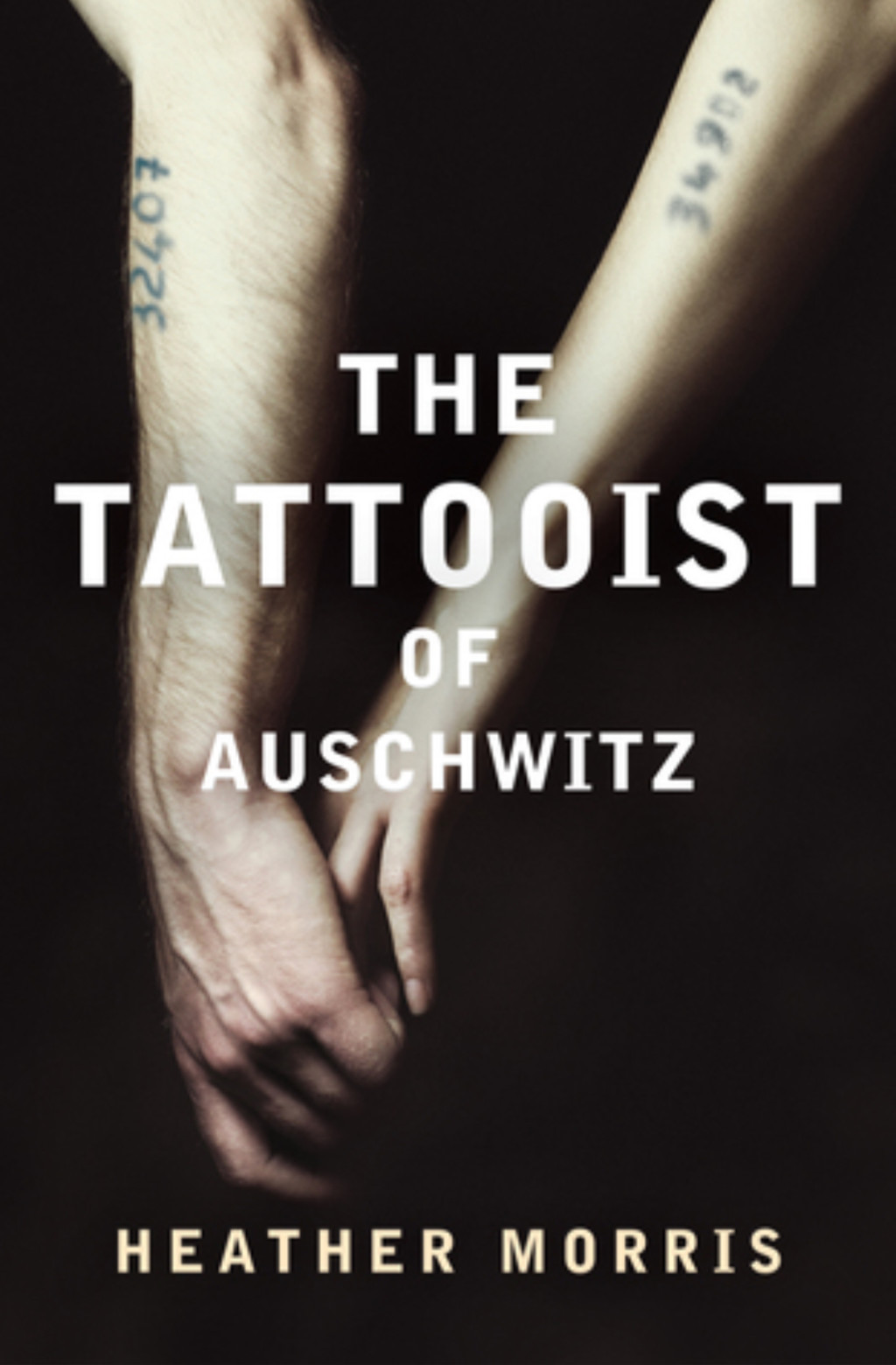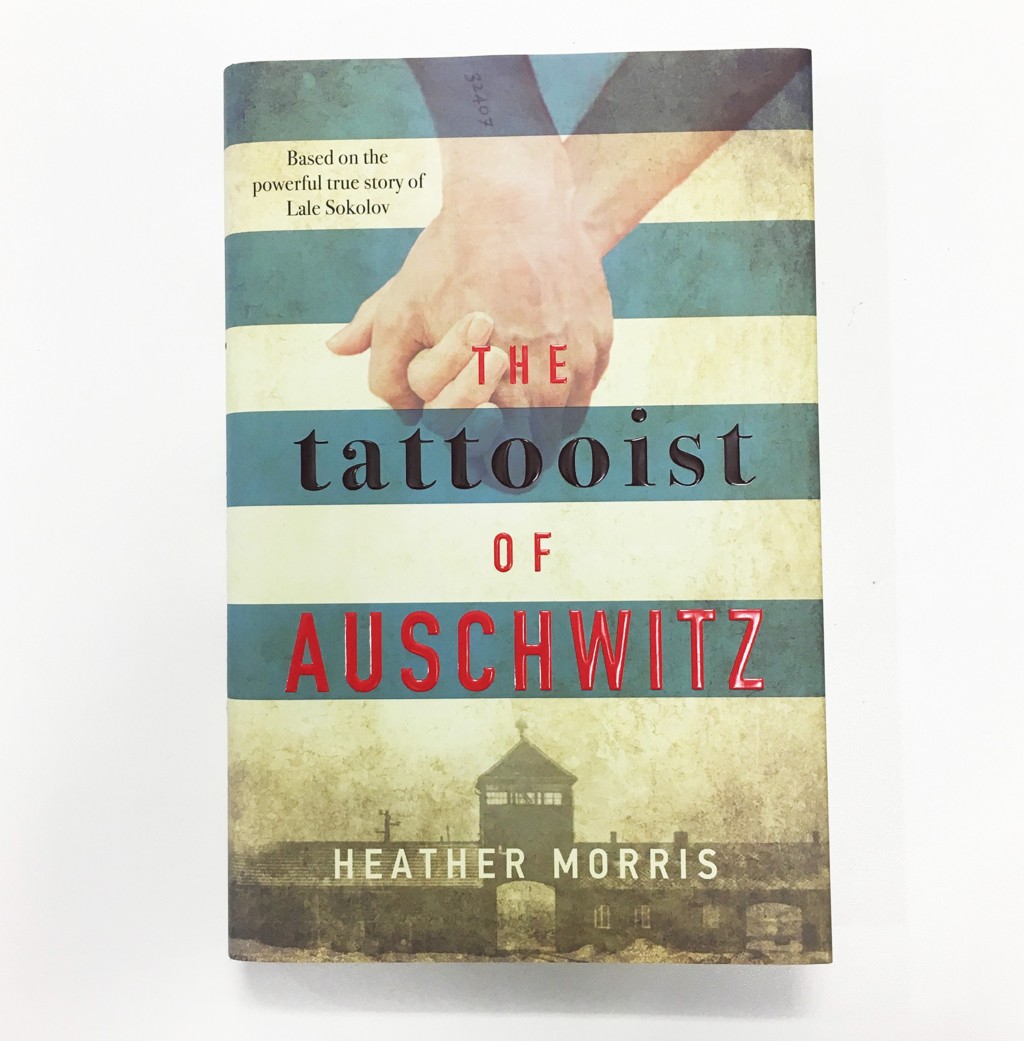It is a familiar tale. Boy meets girl, boy pursues girl, boy and girl fall in love and live happily ever after. But in The Tattooist of Auschwitz by Heather Morris, the familiar yet unconventional tale occurs among war, genocide, torture, and pain. It is a story about the Holocaust and the tragedies that occurred during this horrific time, but it is also a story of triumph and love in the face of great adversity.
 This story follows Lale, a Jewish man from Slovakia who is the tattooist at the Auschwitz concentration camp in World War II. He must tattoo the numbers on all prisoners entering the camp, and he has tattooed hundreds of innocent men and women. One day, he is tattooing the number 39042 on a young woman’s arm. He glances into the woman’s eyes, and Lale is entranced. He falls for this woman and fellow prisoner, named Gita.
This story follows Lale, a Jewish man from Slovakia who is the tattooist at the Auschwitz concentration camp in World War II. He must tattoo the numbers on all prisoners entering the camp, and he has tattooed hundreds of innocent men and women. One day, he is tattooing the number 39042 on a young woman’s arm. He glances into the woman’s eyes, and Lale is entranced. He falls for this woman and fellow prisoner, named Gita.
How does one fall in love and maintain a relationship in such dire conditions?
It is not easy. Lale writes secret notes to Gita and passes them through his guard. They sneak in alone time when they can, which is not often. His job as the tattooist gives him a slightly elevated position in the camp, which allows for better living conditions and rations; Lale shares what he can with Gita and his fellow prisoners. He makes friends with village laborers and other camp prisoners to trade jewels for food and medicine. He and Gita, like many Holocaust survivors, share an experience that many cannot fathom, and perhaps this experience is what ties them to one another most of all.
But in the midst of this unlikely love story, there is great pain and tragedy.
Lale may hold a better job in the camp, but he is still in a concentration camp. He witnesses death and torture daily. He struggles with his role as tattooist, permanently marking his fellow men and women. He makes friends and grows close to a Gypsy group of prisoners, only to witness their senseless deaths. When Lale’s smuggling is discovered, he is placed in solitary confinement and beaten. Every day, the prisoners are mistreated, and they lack food, water, and rest. He and Gita are lucky to survive, as we know that many who enter the concentration camps do not leave them alive.
This is an inspiring story of love and loss amongst insurmountable odds, especially since it is based on a true story.
The author has received harsh criticism for the novel’s inaccuracies and discrepancies with historical facts. In an interview with The Guardian, Morris states, “Ninety-five percent of it is as it happened; researched and confirmed…what has been fictionalized is where I’ve put Lale and Gita into events where really they weren’t.”
There certainly are details that seem far-fetched or did not mesh with what we already know of the Holocaust.
Historical fiction is a popular genre. We have read from this genre before, such as Beneath a Scarlet Sky. These books are not meant to be read as a study guide or a wholly accurate account of history. The author used interviews with the real Lali Solokov to write the novel; the backdrop of real life events and places make the book relatable and enjoyable to read.
But it is important to remember that this is a story.
So if you read The Tattooist of Auschwitz and were confused by details or events, take this historical fiction novel for what it is: a story of love during a horrific time of war, with artistic license and the memories of an elderly concentration camp survivor.
 We hope you enjoyed reading this novel!
We hope you enjoyed reading this novel!
Come back next month as we read Educated by Tara Westover.











